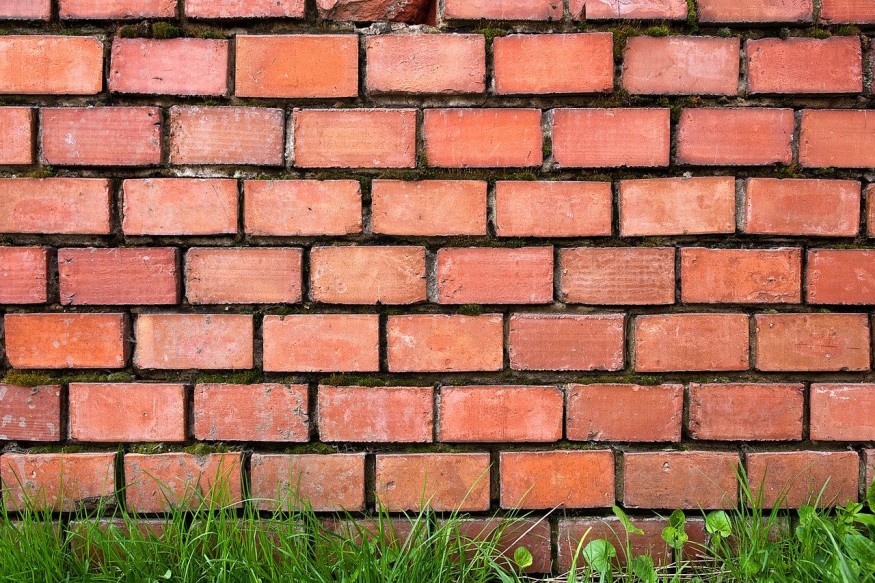A new study could pave the way for cheaper supercapacitor storage of renewable energy. The researchers have found a way of turning the house brick into a battery that can store electricity, raising the possibility that buildings could someday become the real powerhouses.
The new technology used the porous properties of bricks and filled it with tiny nanofibers of a conducting plastic that can store electric charge. The researchers observed that the first bricks stored enough energy to power small lights, but they think that if the capacity s increased, the bricks can become a low-cost alternative for lithium-ion batteries.
That means that the bricks can become supercapacitors that store electricity as a static charge in solids rather than batteries which store energy through chemical reactions. Supercapacitors can charge and discharge faster than batteries, but they only store a small fraction of energy.

Read Also: Easy Ways to Extend the Battery Life of Your Phone
A Powerhouse Thanks to Nanotechnology
With the climate change crisis, scientists have been studying to increase the energy capacity of supercapacitors and the charging speed of batteries. That technology would allow the abundant but intermittent renewable energy to be stored until it is needed.
Typically, batteries are used to store energy gathered by the solar cell on the rooftop. Julio D'Arcy, of the Washington University in St Louis, who was part of the research team, said that their new technology provides a new 'food-for=thought' option although they are not there yet.
Powerhouses: nanotechnology turns bricks into batteries https://t.co/CA967RMMn2 pic.twitter.com/uNtOVX1hO0 — Earth Accounting (@EarthAccounting) August 12, 2020
D'Arcy said that the first observed bricks reported in the journal Nature Communications only has 1% capacity of lithium-ion batteries. He believes that it can be increased by ten-folds by adding metal oxides to store more energy, making the power bricks a commercial proposition.
But the aim is to match them with lithium-ion batteries. If that happens, they would be cheaper than lithium-ion batteries, and there would come a time when the term "lithium-ion battery" will not be heard once again.
"Heat has been the overriding area of interest when considering energy storage within the fabric of buildings. This study shows there is potential to store electrical energy as well. The performance is a long way short of bespoke supercapacitors, but the principle is proven and there is significant scope for improvement," said electrochemical engineering professor Dan Brett of the University College London.
The researchers made small prototypes of the power bricks using chemical vapors that react with iron oxides in the bricks and then form a network of plastic nanofibers called PEDOT, which is an excellent conductor of electricity.
Supercapacitors can be recharged many more times before losing their ability to store energy. The power bricks can be recycled up to 10,000 times before losing their capacity.
Read Next: Breakthrough Concept for Storing Energy without Batteries
A Long Way Yet of Application
Although this technology shows promise, it is still a long way for it to be used in the future. Moreover, the cost of lithium-ion battery has plummeted by 90% since 2010, and hydropower is only effective in areas with mountains.
Storing large amounts of energy is still a challenge that prompts more research. For instance, one company has stored energy by stacking large bricks into a tower and then releasing the bricks to the ground. Similar concepts are also being explored now using heavy shifts and mineshafts, and gravity.
Other research also includes compressing air into a liquid to store energy, with a large plant now in construction near Manchester in the UK.
Read More: Seawater to the Rescue: Providing Possible Unlimited Lithium Supply for Growing Demand
© 2025 ScienceTimes.com All rights reserved. Do not reproduce without permission. The window to the world of Science Times.











